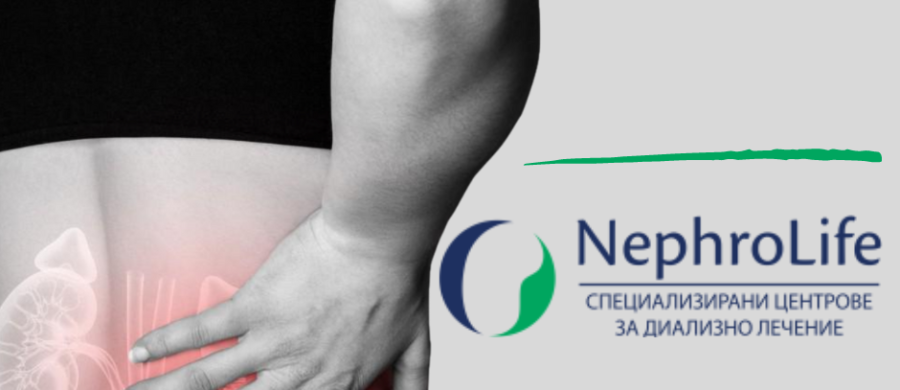Renal colic is a condition that can occur to anyone, without a previous cause of manifestation. This spasm is characterized by extremely intense pain that occurs suddenly and completely unexpectedly, most often in the lower back, where it is strongest.
The patient remains restless with nausea, less frequent regurgitation, abdominal distension, possible sweating and traces of blood in the urine.
In addition, the presence of renal colic should never be considered as a physiological condition, since pain associated with it is a clear manifestation of a problem that requires a visit to a doctor and intervention aimed at resolving the problem.
At its core, renal colic affects the two specific organs responsible for filtering blood and excreting waste in the urine, namely the kidneys. They represent a porous structure extremely rich in small channels, tubules and blood vessels, which act as a mechanical filter.
Colic is caused by a sudden obstruction of the patency of the urethra. Usually, the movement of stones is provoked by physical exertion, high fluid intake, alcohol, caffeine or diuretics. During this passage, the stones inflame their walls and cause the acute clinical manifestation of renal colic.
Renal colic can last from a few minutes to a few hours, and in rare cases – a few days.
It is important to diagnostically rule out other diagnoses such as pyelonephritis, acute pancreatitis, cholecystitis, acute appendicitis, ectopic pregnancy, ovarian cyst, etc.
The disease is proven by ultrasound as this method is safe, highly informative and allows tracking of the person’s condition. In the laboratory, a blood test and urinal analysis are recommended.
The treatment includes the combined use of analgesics and antispasmodics, thus controlling the pain and removing the existing spasm of the ureter. From natural remedies, diuretic and anti-inflammatory-antiseptic teas can be used.
Recurrent nephrolithiasis and urinary tract obstruction eventually lead to chronic renal failure and permanent damage to the urinary tract. Therefore, its timely detection, treatment and prevention are important.









